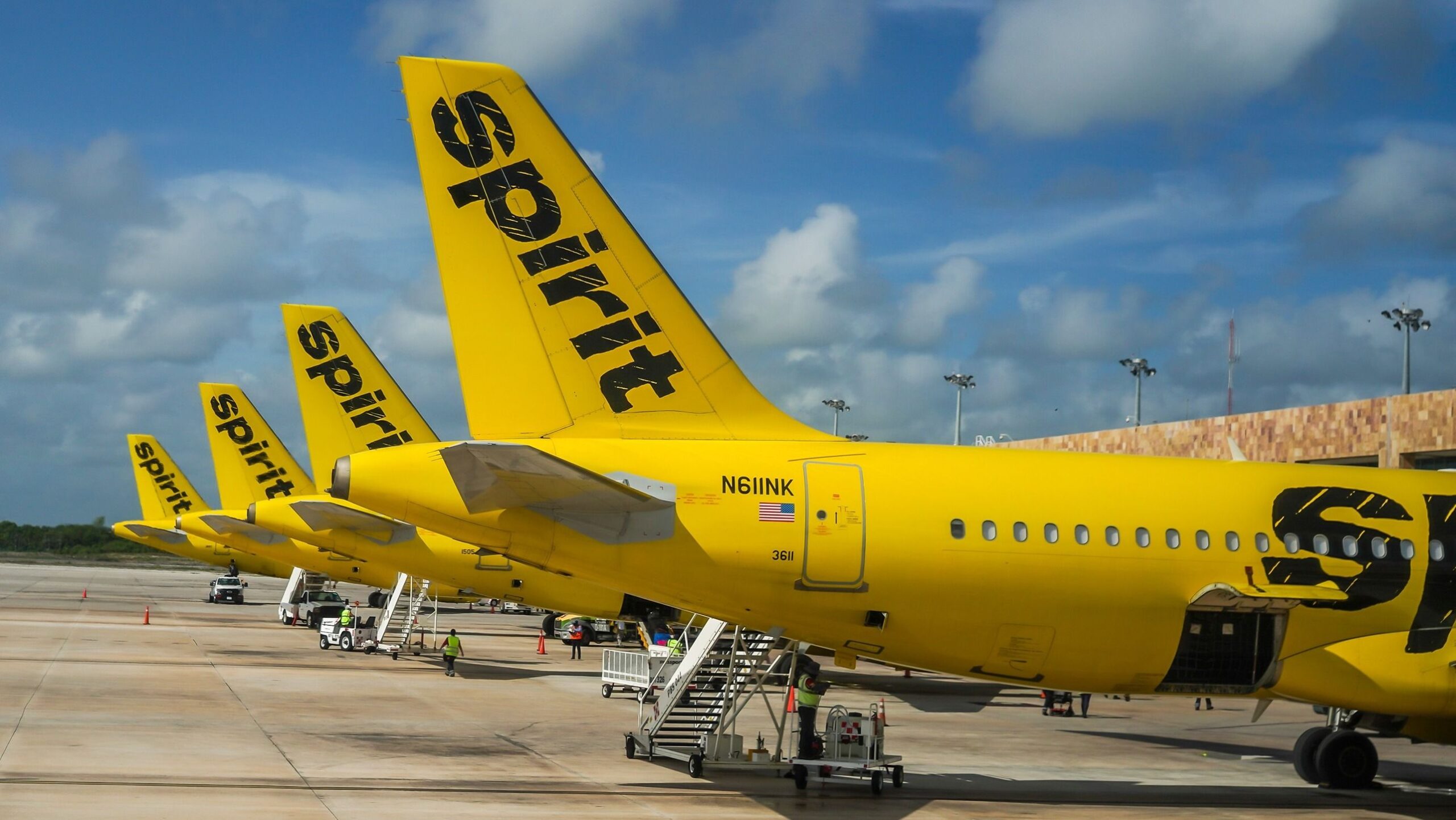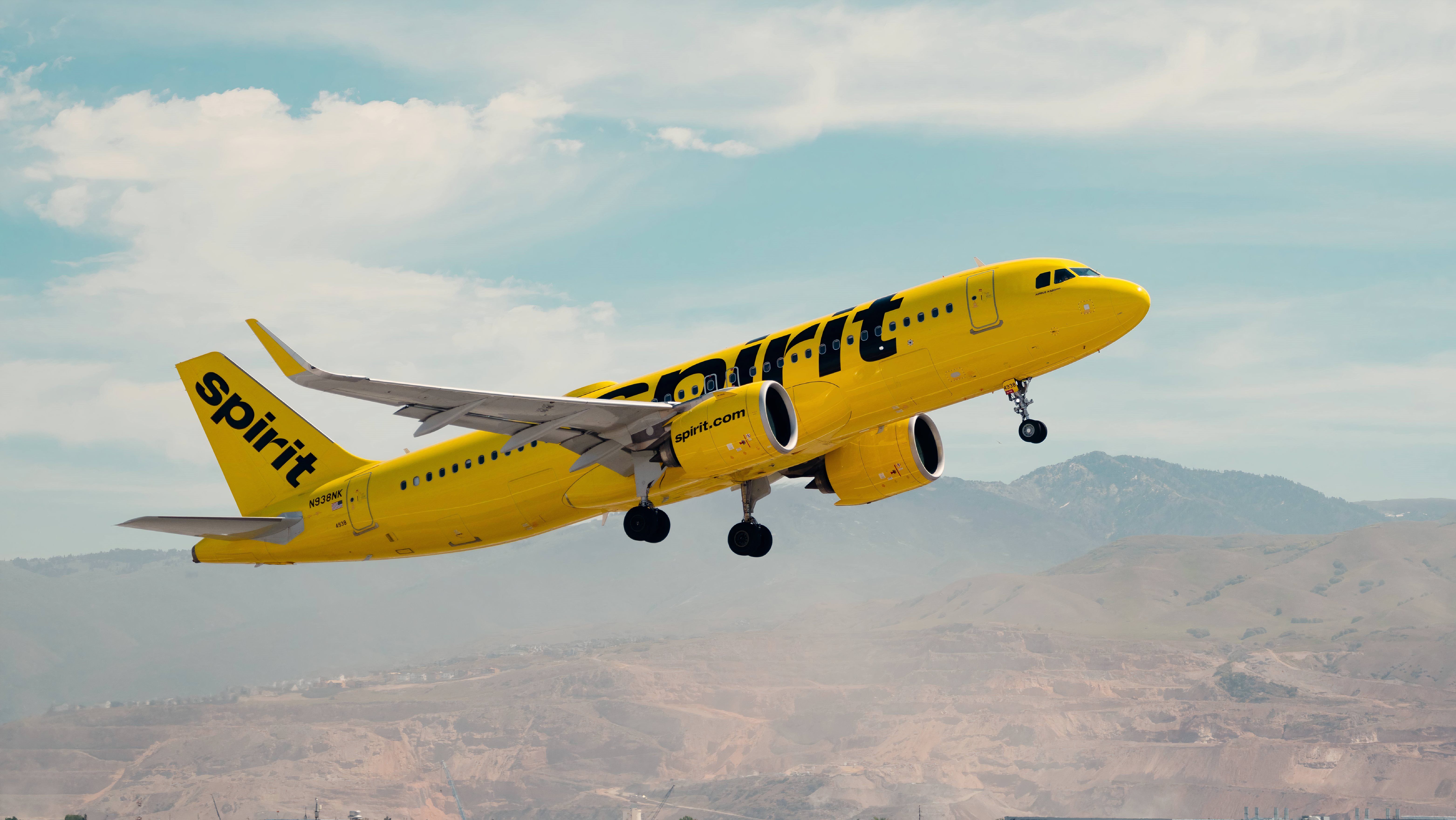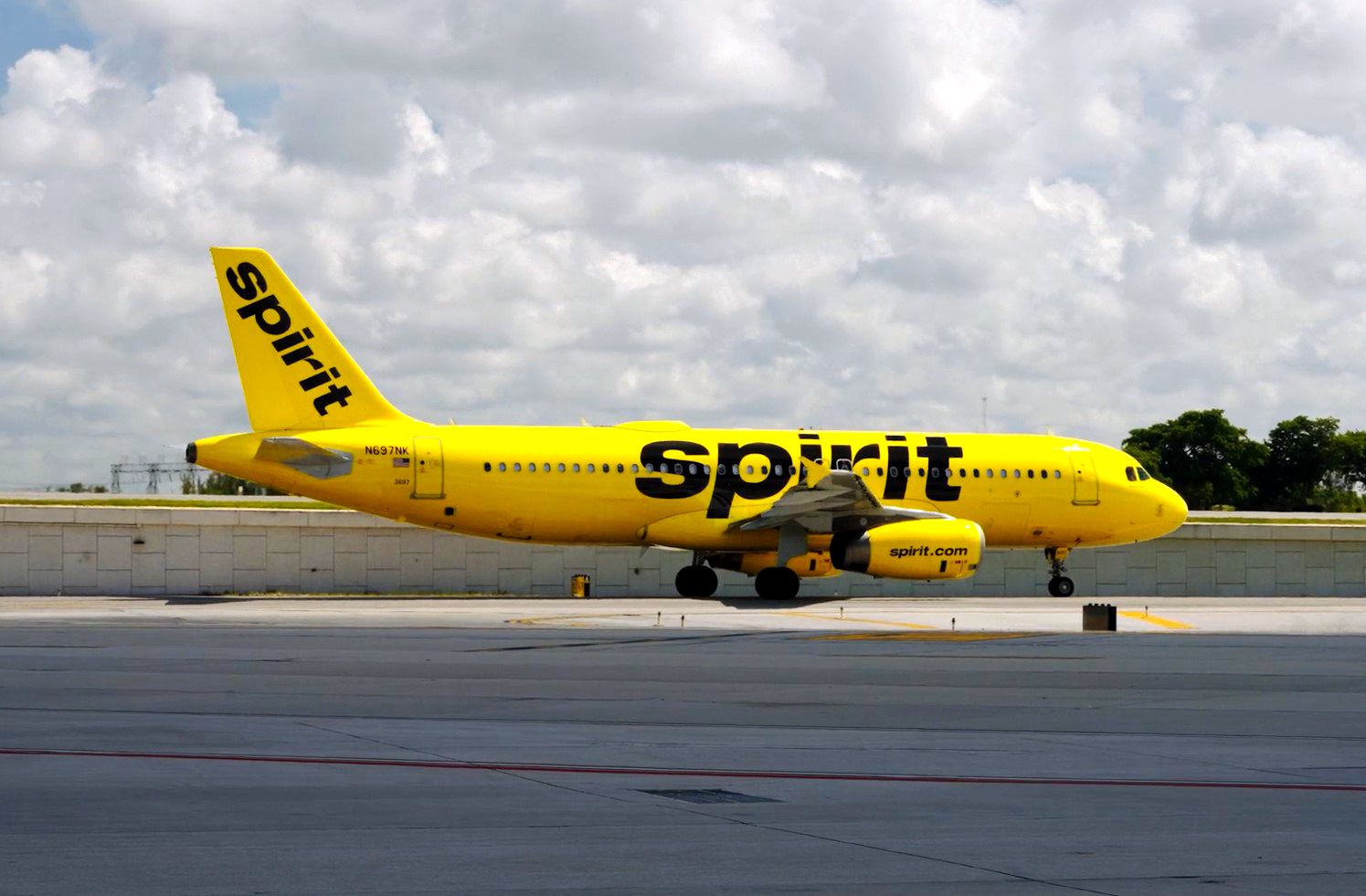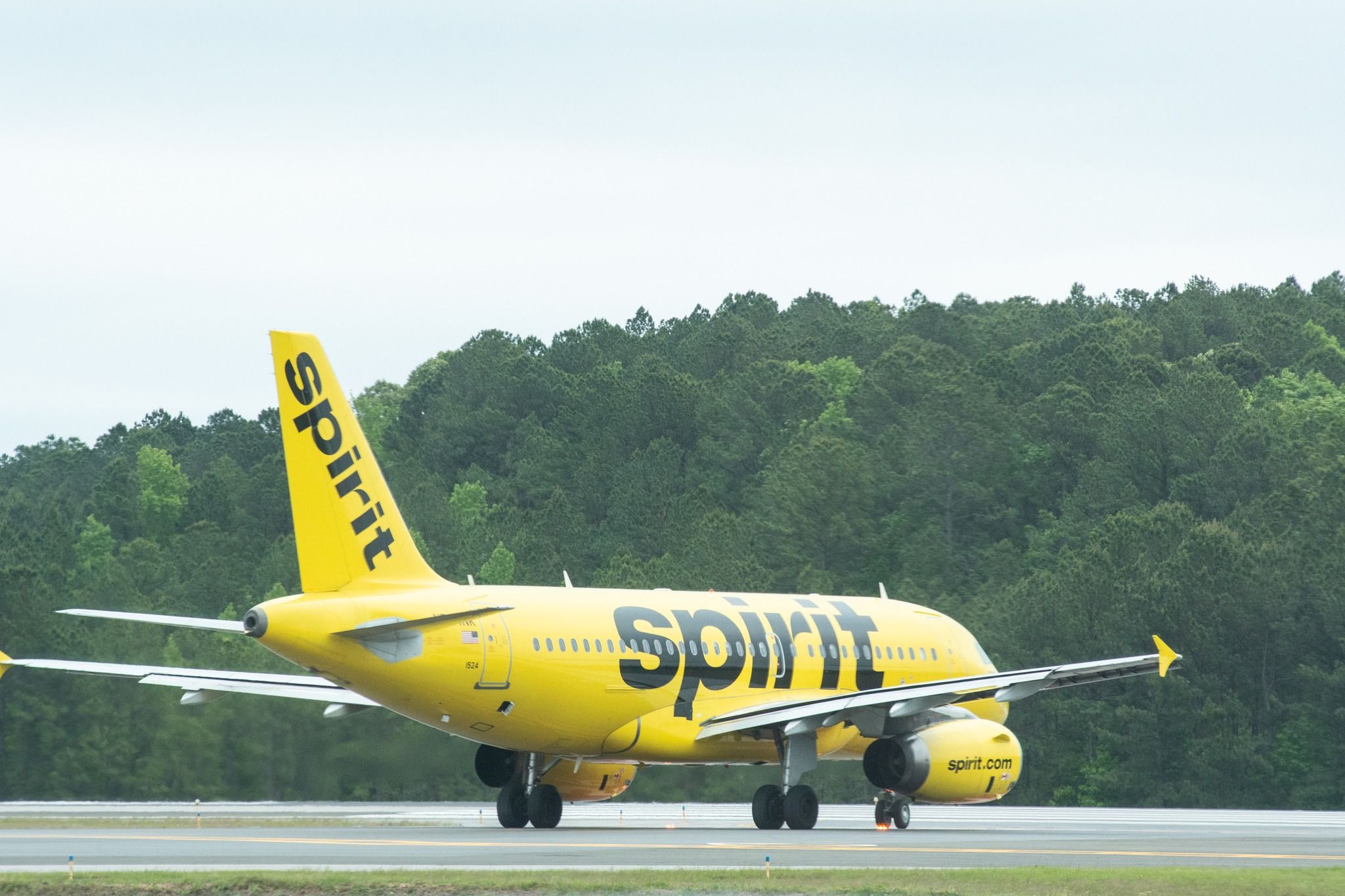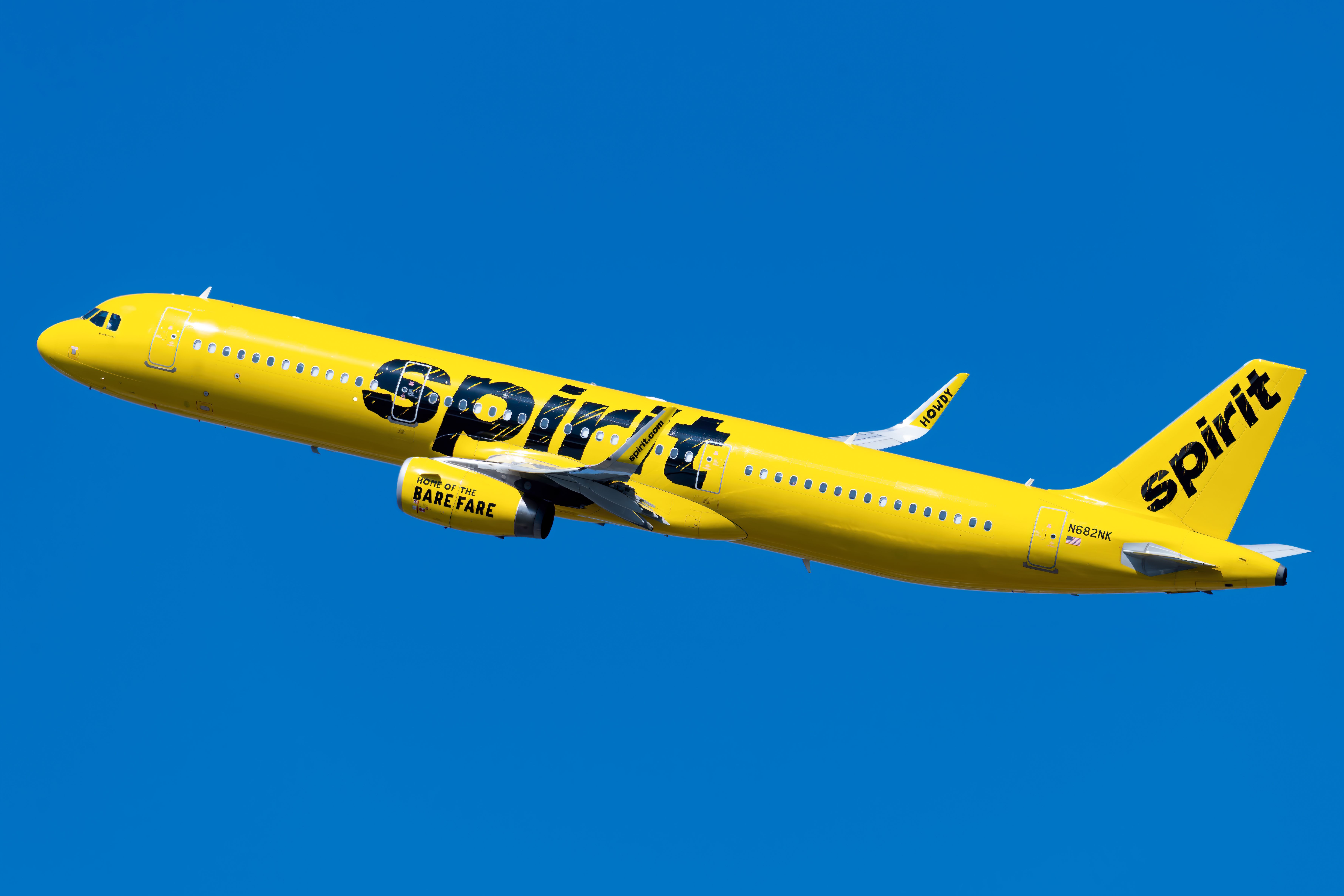Summary
- Spirit Airlines, the carrier with a vibrant yellow livery, started with the name Charter One Airlines.
- Despite lowering earnings than expected in recent times, the carrier has grown impressively since the 1990s.
- Bel Baldanza led Spirit to profitability through low-cost models, but with talks of merger with JetBlue, the carrier’s future remains uncertain.
The bright yellow hue of Spirit Airlines’ livery gives it a unique distinction, much like the blue shades of Southwest. After it started its commercial operations in the 1990s, the carrier has come a long way, as its fleet comprises nearly 200 aircraft and serves close to sixty destinations. This airline, which has some popular “bundle” packages, is expecting lower-than-expected earnings.
There were noticeable drops from this Florida-based carrier’s impressive $5 billion revenue generated in 2022. However, this dip should not take away from the carrier’s impressive growth, which started its operations as an international charter carrier more than four decades ago.
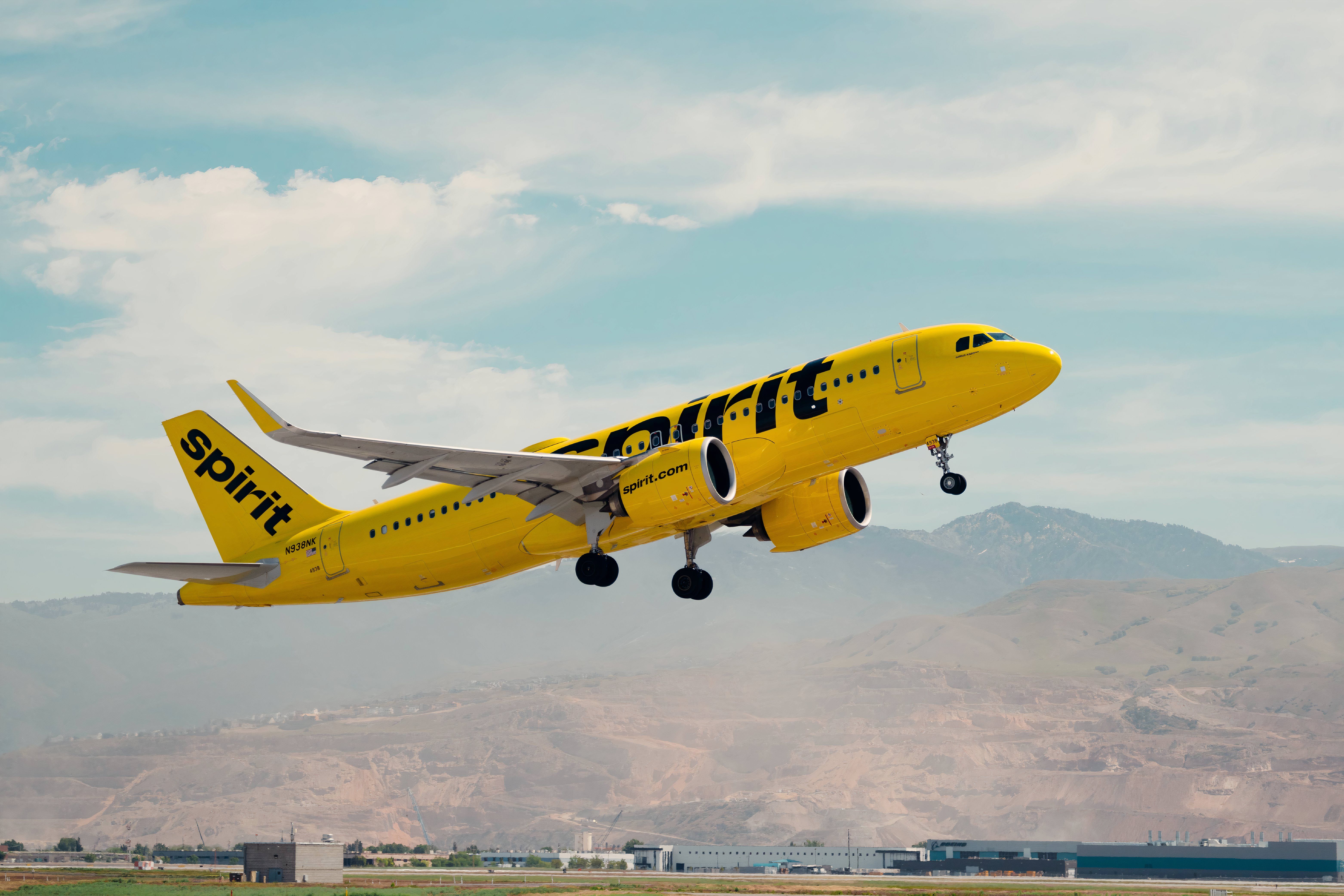
Related
5 Reasons Why Spirit Airlines Is Forecasting Lower Than Expected Earnings
Spirit will likely post second-quarter revenue of $1.28 billion, down from the previously anticipated $1.32 billion to $1.34 billion.
Spirit Airlines began humbly as an international charter carrier
Many people remember the commencement of Spirit Airlines as a scheduled passenger carrier with an all-McDonnell Douglas aircraft. The airline chose to go along with the zeitgeist of the 90s when low-cost carriers exclusively operated single aircraft types as they looked to cut down on high costs of maintenance variation and crew training associated with a diverse aircraft fleet. In May 1992, Spirit had a fleet of 13 aircraft, which included:
- Six McDonnell Douglas DC-9-31
- Seven DC-9-32 aircraft
With these, Spirit entered passenger service, and it operated scheduled flights between Detroit(DTW) and Atlantic City (ACY). However, Spirit was already more than a decade old by then.
Charter One Airlines and its gambling tours
The roots of Spirit Airlines can be traced three decades before its scheduled passenger operations. In 1964, the Clippert Trucking Company was formed. In 1974, Clippert Trucking Company changed its name to Ground Air Transfer, Inc., and almost a decade later, Ground Air Transfer, Inc. entered the airline industry as it donned the name Charter One Airlines.
Founded in Michigan, the airline provided travel packages to destinations such as Atlantic City, Las Vegas, and the Bahamas. According to Business Insider, Charter One used turboprop aircraft to run its services:
“Charter One focused on gambling trips, offering routes to Atlantic City, New Jersey from Chicago, Detroit, Boston, and Providence, Rhode Island. As gambling soon became popular in other states, Charter One began ferrying northerners to warmer destinations, including Florida, the Bahamas, Las Vegas, and San Juan. Charter One’s operation in the Bahamas is notable because it means Spirit has always offered passenger service beyond the US.”
Photo: Spirit Airlines
Spirit still maintains operating bases in Atlantic City and the Bahamas.
And a name change beckons again
A decade after its formation, Charter One launched commercial operations in Atlantic City from the following cities:
- Detroit
- Providence
- Boston
For this service, Charter One leased two Convair 580 turboprops, which the carrier would operate for only a couple of years before taking shape into the modern carrier we know today – Spirit Airlines.
Entering the new millennium and taking a modern brand
Ever since the introduction of the McDonnell Douglas in its fleet in 1992 until 2001, Spirit Airlines’ fleet consisted of this aircraft, making this carrier one of the largest operators of the MD-80 and DC-9 in North America. Despite the expansion of its operations throughout the 2000s, the carrier was losing close to $70 million per year, necessitating a change in its operations. And along came the man who transformed the airline.
Photo: Raleigh–Durham International Airport
The Bel Baldanza legacy
Bel Baldanza was the president and Chief Executive Officer(CEO) of Spirit Airlines from 2005 to 2016. Bel, an economist, left his post at US Airways as senior vice president of marketing to take charge of Spirit. Bel had entered the aviation industry through American Airlines before serving Northwest Airlines and UPS.
His experience of working as a COO of TACA Airlines, alongside serving on the board of directors of Frontier Airlines while at TACA, made him a person who could transform the fortunes of Spirit. And transform he did.
Photo: Vincenzo Pace | Simple Flying
Defending low-cost operations to the hilt
Under Bel, Spirit Airlines adopted a stringent low-cost model as the airline charged minimal fares but charged fees for baggage, seat options, and food & drink. Criticism poured in, even from the US Congress, but Bel chose to stick to his guns. According to the report by Sumit Singh and Dr. Omar Memon, Bel’s stand led to the turn of fortunes for Spirit:
“ The approach proved to be worthwhile from a business standpoint as Spirit became profitable under Baldanza’s leadership. Notably, during much of his time at the top of the carrier, several competitors were struggling financially amid market pressures and economic crises. By the time 2011 rolled around, Spirit was earning 40% more per aircraft than its rivals.”
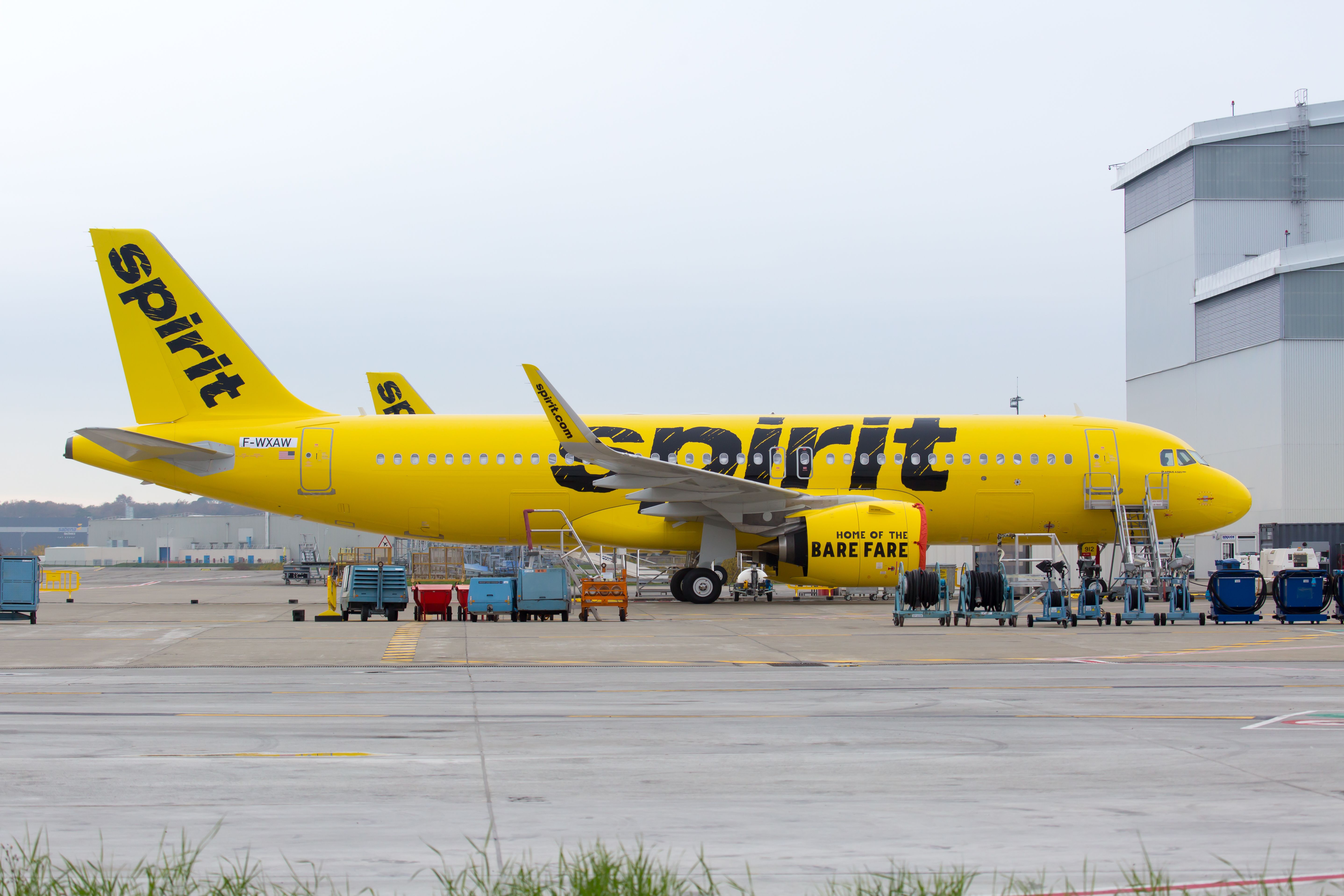
Related
The Man Who Transformed Spirit Airlines: Ben Baldanza
The executive evolved Spirit to become an ultra-low-cost carrier.
But will Spirit Airlines stand the test of time?
Spirit Airlines currently has a fleet of 197 Airbus family aircraft. Post 2020, the airline expanded its operations to LaGuardia, Orange County, Milwaukee, Louisville, and St. Louis. In 2022, it was announced that Spirit Airlines and JetBlue would merge, but earlier this year, a judge announced that the merger would be blocked.
The two carriers released a joint statement saying that they were unhappy with the ruling – “We are reviewing the court’s decision and are evaluating our next steps as part of the legal process.”
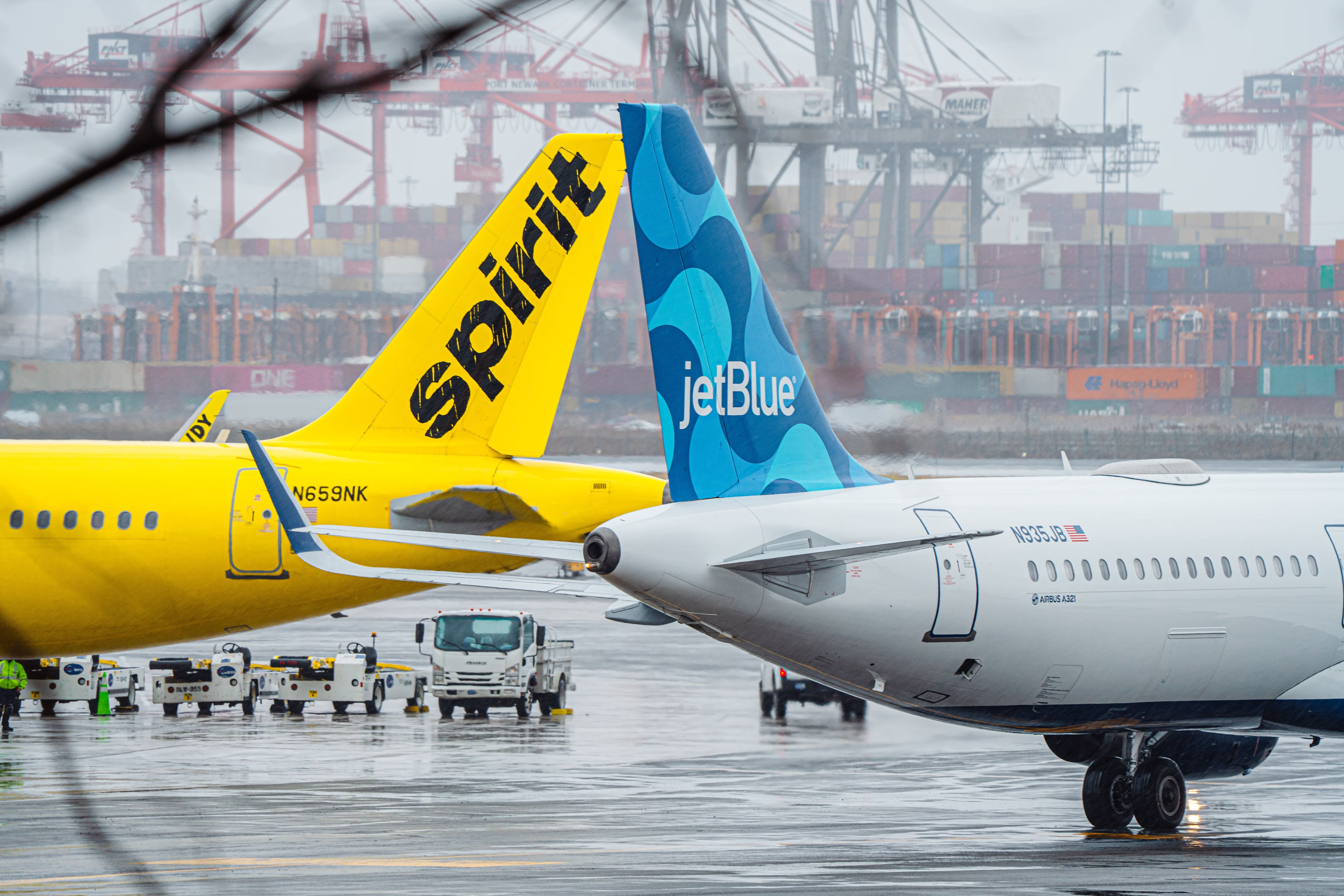
Related
JetBlue Officially Kills Spirit Airlines Merger Agreement
While the two airlines planned to appeal the decision to block the merger, JetBlue announced it was ending its merger agreement with Spirit Airlines.
With financial losses after the end of (but not solely because of) the 3 billion dollar merger, it will be interesting to see what changes will occur in this airline, which started as an international charter carrier.

